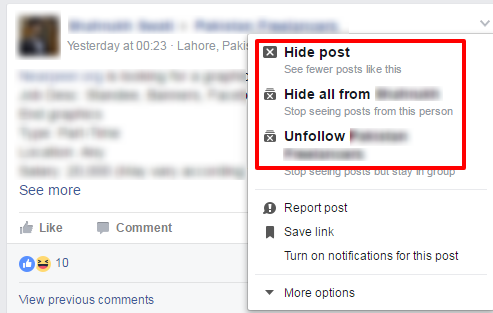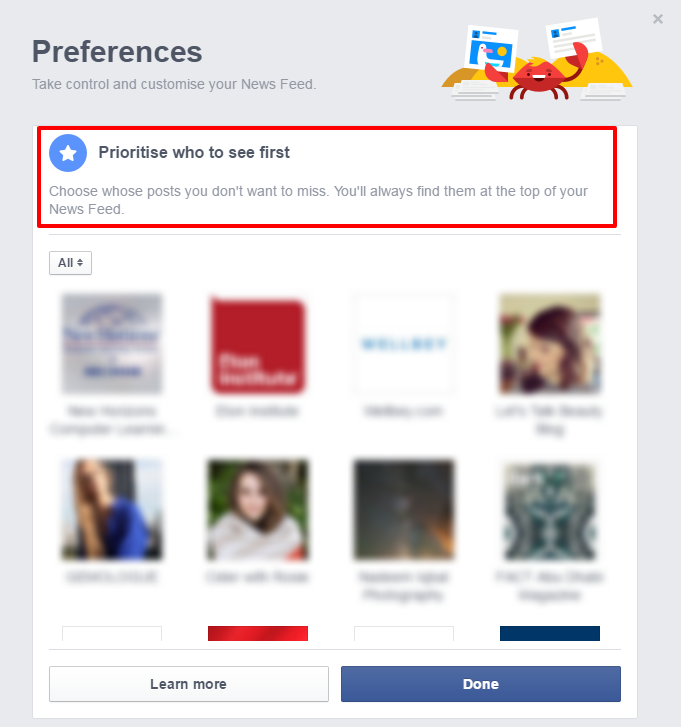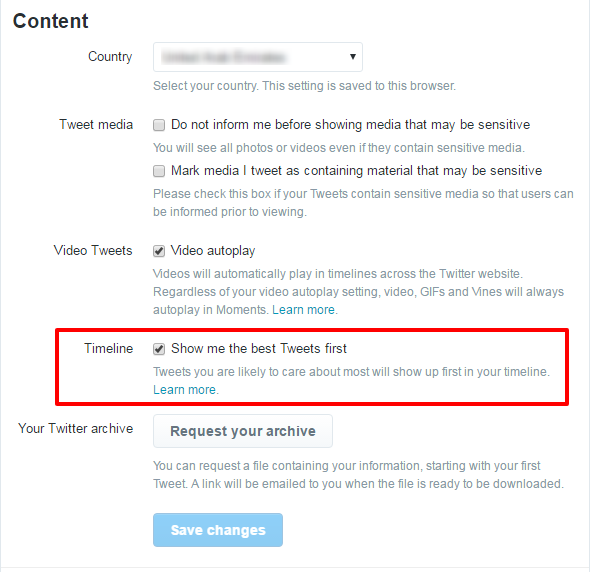Remember the Ice bucket challenge?
Originating from a common man living with ALS Disease, the viral campaign helped ALS Association raise more than $115 million. Millions of people took up the challenge, including a lot of celebrities and bigwigs. These videos were seen by billions.
No amount of advertising budget or medium could have provided this kind of reach.
This campaign was helped by the noble cause behind it.
I know that’s what you’re thinking, right?
I tell you what, though – many businesses have had similar success with Social Media marketing.
Always did it with “Like a Girl” campaign. The Ad received more than 85 million views from 150+ countries. It was named the most outstanding commercial of 2015.
Squatty Potty did it with a weird yet brilliant campaign. The Ad received 66 million views and more than a million FB shares.

These are not just meaningless numbers like views and shares. The campaign led to 600% growth in sales.
Yes, you read that right.
The business that was making just 1 or 2 million in yearly sales, made a whopping $15 million in 2015, all because of this one simple campaign. Such is the power and reach of Social Media.
For this reason, it is important to understand how Social Media platforms work.
As Marc Goodman once said, “If you control the Code, you control the world”.
Why is the Algorithm Important?
In another post, we’ve discussed the factors that contribute to content going viral. Getting early traction is one of the most important factors.
Social Networks are growing at an astounding rate.
Take Facebook as an example.
The network already has more than 1.59 billion users and 50 million business pages. Imagine the updates and posts coming from all of them and an active user can get up to 15000 new posts every time they sign in.
But an average user spends only 20 – 30 minutes on Facebook on a daily basis. It’s practically impossible to go through thousands of posts or stories in this time. If these posts were presented in reverse chronological order, with most recent ones appearing on top, people will miss the more important ones posted earlier.
That’s where the Algorithm fits in.
Facebook has to sort these posts in a way that users get the most interesting and the most meaningful posts on top.
They use a machine learning algorithm that distinguishes the interesting ones from not so interesting ones and pushes them on top.
It’s not just Facebook. Other platforms like Twitter, and Pinterest have their own algorithms (though Facebook has the most matured one of all).
Knowing how this algorithm works can help you maximize the reach and exposure for your content.
Bear with me because I am going to discuss the all important factors that make a post or content rank on top.
Facebook:
Facebook Algorithm takes more than 100,000 factors into account (or so they say). Luckily, you don’t need to discover or learn all these factors.
Following are the ones that matter the most.
Engagement Begets Engagement:
Engagement rate is easily the most obvious and the strongest indicators of all.
When people like a post, they are telling Facebook to show more of such content in their news feeds.
It doesn’t end there.
When your posts get a lot of likes or engagement, you are more likely to appear in their friends or other people’s newsfeed.
Other than Likes, comments or shares are equally strong signals for engagement.
Reactions:
Facebook has recently launched Reactions as an extension of the Like button.

At the moment, they are treating all these reactions the same but we might see each of these reactions being used differently in near future.
For example, showing more “HaHa” posts to someone who uses this reaction a lot?
Time Spent on a Story:
The algorithm can also take into account the time people spent on a particular post or story.
If your content engages and holds their attention for a while, you will get a boost, even if you’re not getting a lot of Likes or Comments.
Red Flags:
Hide button is the opposite of like though it’s hidden in the drop down menu.

If a page is getting a lot of “Hide” requests, it will most likely be demoted.
Personalization Signals:
Facebook allows users to personalize their news feed.
Remember that everybody is already getting a personalized feed unless they change the settings to “Most Recent” instead of “Top Stories”.

But users can personalize further by clicking on the setting button right next to “News Feed” link and choosing “Edit Preferences”.

There’s every chance that a lot of people choosing to see content from a particular page will be used as a strong indicator that it’s creating share-worthy content.
Say No to Promotional Posts:
Posts which are too promotional in nature will be downgraded.
Here’s what you can do to avoid getting flagged as a promotional post?
- Do not create posts that push the users to take an action e.g. buying your product or installing an app
- Do not reuse or copy the content from Ads
- Do not direct users to enter a contest or sweepstake
Following are some examples of promotional posts shared by Facebook.



Posts with Click Bait headlines, or links in caption or status updates, will be devalued as well.
The recommended way to share a link on Facebook is to post it in Link Format.
What About Videos?
The Algorithm takes into account certain actions like turning on sound, choosing full screen, or HD.
Live Videos will get a temporary boost in rankings while they are live.
Don’t Try to Game the System:
Relevancy is important.
Facebook has a Feed Quality Panel. They also conduct and use surveys to get the feedback from users.
It helps them deal with the hoaxes and other tricks people or businesses might use for gaming the system.
Does the Algorithm Prefer Image Posts?
The Algorithm treats all types of posts the same, but remember it will adapt to users’ behavior. Image posts will get more exposure because people tend to like or share these posts more.
Having said that, you should try different types of posts to see which type is more popular amongst your target audience.
The Audience:
Knowing your target audience is important.
Suppose you are targeting people in a region with low Internet speed. If the majority of your target audience is browsing on mobile phones, the video posts will be held back.
Some experts also believe that the feel good or uplifting posts have a certain advantage. They cite Ice Bucket Challenge as an example.
Twitter:
Twitter is known for its real-time updates and tweets.
But recently, they’ve announced a new feature that puts the best tweets on top instead of the most recent ones.
It was an opt-in feature, but now it’s the default.

The Algorithm is fairly new. Twitter hasn’t shared any kind of details as yet, but following points are pretty much a given.
Interaction
- Number of Retweets
- Likes
- Replies
- Mentions
Please note that we are talking about organic likes or Retweets. The engagement that results from paid boosts or promotions is not considered the same.
History:
They might also take into account your interaction or engagement with the user. If you’re retweeting or replying to tweets from a certain account, you will see more of them on top.
The tweets from power users or influencers will also get a boost.
The Algorithm will also factor in the type of tweets that you’ve been liking, replying, or retweeting in the past.
Trends:
Tweets in trending topics will get a temporary boost, especially the topics which are trending among the people that you are following.
Remember that unlike Facebook, the entire feed is not sorted by the Algorithm. These are just a dozen or so tweets and that too, when someone logs in after some time.
They have made it clear that “Real Time” nature of the timeline is here to stay.

However, we might see the algorithmic feed getting more space depending on the response.
Instagram:
Instagram has also started shifting to an algorithm powered feed that tries to feature the most interesting post on top.
In the official announcement, they said that all the posts will be there, but ranked in a way that you see the ones you care about on top.
User Takes the Center Stage
Based on the little information we have, user’s interest or interaction with that account is going to be the biggest factor.
A post will not make it to the top of your timeline, just because it’s getting a lot of likes or comments. What matters more is your engagement and interactions with that account.
At the same time, when a post receives a lot of likes and comments from your “friends” it will get a boost. Something the author in this article experienced when a colleague’s newborn baby photo received a lot of likes from his contacts.
Pinterest:
Pinterest has been using its own algorithm for some time (they call it smart feed).
They’ve recently updated the algorithm to target the group boards, but the main objective was pretty much the same.
They want you to create unique and engaging content, instead of looking for hacks or shortcuts.
Quality is Priority:
Quality of a Pin is determined by the number of repins or Likes it get. It will also consider the quality of source or link, so always use relevant links.
Apart from the content quality, the image quality is also important.
Always use high-resolution, tall images, with bare minimum text.
Using the same posts or duplicate pins is not going to work anymore.
Reach out and engage with influencers. You can continue with the group boards, but it’s better to work on creating your own following.
Unlike Twitter or Instagram, Pinterest’s algorithm doesn’t take timeliness and recency into consideration, but it might change in near future.
The Way Forward
The main purpose behind these algorithms is to ensure that users get the best possible content on top of their feed.
What does it mean for businesses or social media managers?
All these algorithms place a greater emphasis on users’ behavior and interaction.
And because users like to interact more with their friends, businesses will have to strive harder for organic reach (or go for paid boosts).
Silver Lining:
Algorithms have curbed the organic reach for sure, but there’s hope for businesses or social media marketers.
In fact, there’s more “good” to it than “bad”.
Think about this for a moment.
Algorithm ensures that the best content gets the exposure and recognition it deserves.
With reverse chronological order, you can just keep posting spam like website links, products, or discount offers, and it will muddle the newsfeed for users.
Algorithmic feed encourages the businesses to stop focusing on the quantity and focus on quality.
You must invest on creating content that engages, entertain, and interest your target audience.
Content that rises above the mediocrity and engages its target audience will be duly rewarded.